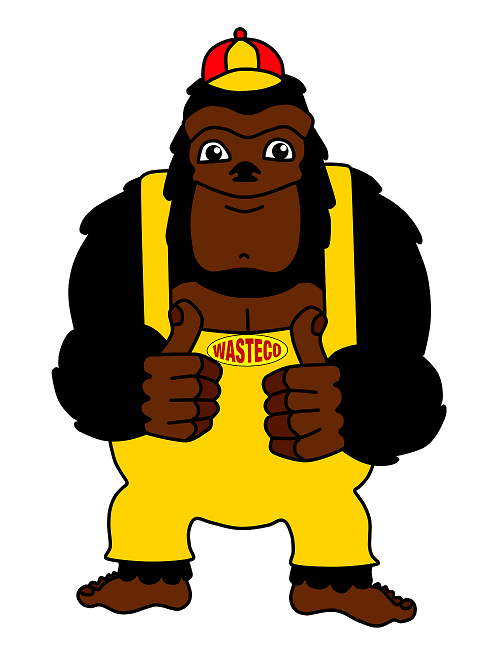Stormwater management is an essential factor in maintaining your property’s structural integrity and ensuring a healthy environment. As a property owner, you must have a functional and efficient stormwater management system in place to protect your property from water damage, flooding, and other potential hazards. One widely used method of stormwater management, particularly in Perth and surrounding areas, is through the installation and maintenance of soakwells.
Soakwells are specially designed underground tanks that collect and disperse stormwater runoff from your commercial, industrial, or domestic property. By effectively managing stormwater runoff, soakwells significantly reduce the risk of water damage, flooding, and soil erosion, protecting both the structural integrity of your property and the environment. However, for a soakwell to function optimally and maintain its longevity, regular maintenance practices must be undertaken.
In this comprehensive guide, we’ll focus on the details of stormwater and soakwell maintenance to ensure your system operates effectively and efficiently. Learn how to keep your soakwell system efficient and functional with these expert tips and guidelines.
Understanding Your Soakwell System
To properly maintain your soakwell system, it’s essential to understand its components and how they function. A typical soakwell system includes a catchment area, such as gutters and downpipes, that directs stormwater runoff into an underground soakwell tank. The tank is usually constructed from concrete, polypropylene, or a similar durable material and is designed to allow water to slowly seep into the surrounding soil.
The size and capacity of a soakwell depend on several factors, such as property size, soil type, and local climate. It is crucial that your soakwell is appropriately sized and installed to manage expected stormwater volumes efficiently, as inadequate systems can lead to overflows, flooding, and property damage.
Regular Inspection and Cleaning
Regular inspection and cleaning form the foundation of any effective soakwell maintenance plan. By periodically checking and maintaining the system components, you can detect and rectify any potential issues before they escalate into costly problems.
Start by inspecting your soakwell tank for any signs of damage or wear, such as cracks, leaks, or rust. This is particularly important for concrete soakwells, which can deteriorate over time. Also, check the integrity of the catchment area components, ensuring gutters and downpipes are clear of debris and in good working condition.
Cleaning the soakwell involves removing accumulated debris, such as leaves, dirt, and sediment. This helps prevent blockages, which can cause water to back up into your property and lead to extensive damage. Regularly cleaning the tank can also prevent unpleasant odours and promote a healthy environment.
To clean your soakwell, you may require specific tools and equipment, such as a high-pressure water jet or vacuum truck service. Should you lack the expertise or resources to perform the cleaning yourself, consider engaging a professional maintenance service like WASTECO to ensure the job is done efficiently and effectively.
Maintaining Surrounding Soil and Landscaping
The performance of your stormwater management system is closely tied to the condition of the surrounding soil and landscaping. Proper grading, soil percolation, and responsible landscaping practices can significantly affect your soakwell’s ability to manage stormwater runoff.
The ground surrounding your soakwell should have a gentle slope to allow water to flow efficiently into the tank. Avoid drastic changes in elevation or low-lying areas that can cause pooling or slow the flow of water.
Soil percolation rates also play a vital role in stormwater management. Soakwells function best in porous soils like sand or loam, which allow water to infiltrate quickly and prevent overflow. If your property has heavy clay soils, you may need to amend the soil or install additional drainage solutions to improve water infiltration.
Landscaping choices can also impact your soakwell system’s performance. Select plants with low water requirements and avoid placing thirsty plants near your soakwell, as their roots can grow into the system and cause damage. Ensure that all landscaping features, such as retaining walls and garden beds, are installed in a manner that will not negatively affect the functionality of your soakwell.
Addressing Common Soakwell Issues
Occasionally, you may encounter issues with your stormwater management system that require immediate attention, such as overflowing, standing water, or slow-draining soakwells. These issues can stem from clogged or damaged pipes, inadequate soakwell size, or poor soil infiltration.
Should you experience any of these problems, it’s essential to address them promptly and professionally. Consider consulting with a stormwater and soakwell expert to determine an appropriate course of action.
Conclusion
By taking a proactive approach to maintaining your stormwater and soakwell system, you can protect your property from potential water damage, flooding, and environmental issues. Regular inspections, cleaning, and attentive landscaping practices can greatly improve the efficiency and lifespan of your soakwell, saving you time, money, and stress in the process.
Whether you require assistance with maintaining your stormwater and soakwell system or would like to discuss the best solution for your property, don’t hesitate to contact us at WASTECO. We offer an extensive range of services, from septic waste and grease trap maintenance to leach drain installation and repairs, ensuring that your property is protected and compliant with local regulations and guidelines.



